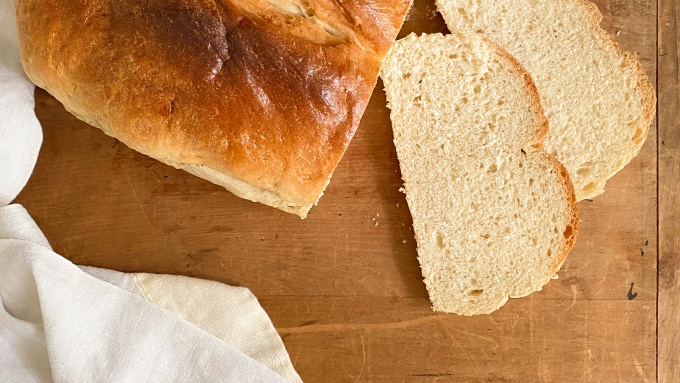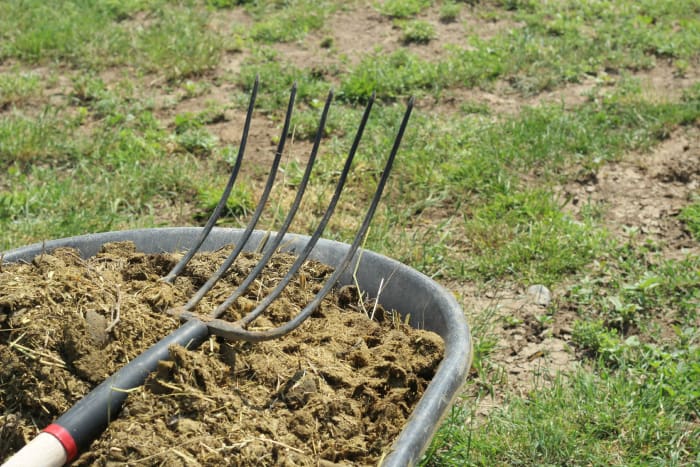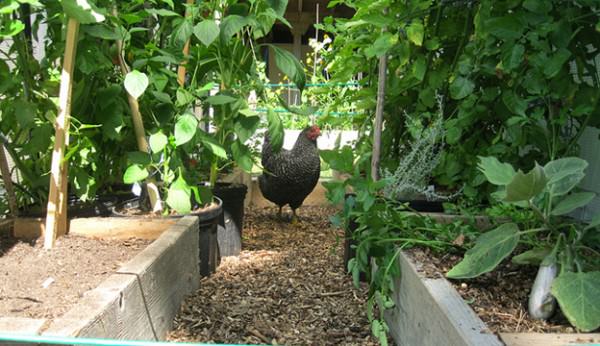
Embracing the Cozy: A Homestead Winter Cleaning Routine
As the days grow shorter and the wood stove crackles to life, our homestead shifts inward. Gardens are put to bed, animals are sheltered, and the focus turns to nurturing our homes – the heart of our homesteading life. While spring cleaning gets all the glory, establishing a winter cleaning routine is essential for maintaining a healthy, happy, and efficient homestead through the colder months. This isn't about sterile perfection; it's about embracing a cozy, clutter-free space that allows you to thrive even when the world outside is frosted over.

So, put on your favorite wool socks, brew a cup of herbal tea, and let's dive into creating a winter cleaning routine that resonates with the slow-living rhythm of the homestead.
Why Winter Cleaning?
Before we get into the how, let's explore the why. Why bother cleaning during a season of rest?
- Combat Cabin Fever: A clean and organized space can significantly impact your mood and mental well-being, especially during long, indoor days.
- Prevent the Spring Clutter Overload: Tackling cleaning tasks incrementally throughout winter prevents a massive, overwhelming project in the spring.
- Prioritize Indoor Air Quality: With windows often closed tight, indoor air quality can suffer. Cleaning helps remove dust, allergens, and other pollutants.
- Prep for Seed Starting and Indoor Projects: Clearing out and organizing spaces now makes way for seed starting, crafting, and other winter projects.
- Mindful Routine: Establishes a mindful, intentional routine that helps to maintain the home.
Our Approach: Bite-Sized and Sustainable
The key to a successful winter cleaning routine is to make it manageable and sustainable. We're not aiming for perfection, just progress. Break down larger tasks into smaller, bite-sized chunks that fit into your weekly schedule. Focus on one area or task per day, or even per week, depending on your availability and energy levels. This approach avoids overwhelm and keeps you motivated.
Building Your Winter Cleaning Schedule: A Sample
Here’s a sample schedule you can adapt to fit your specific needs and homestead:
Weekly Tasks:
- Dusting and Vacuuming: Focus on high-traffic areas and any rooms you're actively using. This helps improve air quality and prevent dust buildup.
- Bathroom Refresh: A quick scrub of the toilet, sink, and shower can keep things fresh and hygienic.
- Kitchen Surface Clean: Wipe down countertops, stovetop, and sink after each use.
Monthly Tasks:
- Pantry Organization: This is where we really shine! More on this later.
- Linen Care: Wash bedding, towels, and other linens.
- Appliance Deep Clean: Clean out the refrigerator, oven, and dishwasher.
- Window Washing: While not ideal in freezing temperatures, you can spot-clean problem areas or focus on interior windows.
Seasonal Tasks (Once or Twice During Winter):
- Closet Organization: Declutter and organize clothing, shoes, and accessories.
- Deep Clean High-Touch Surfaces: Disinfect doorknobs, light switches, and other commonly touched surfaces.
- Fireplace/Wood Stove Maintenance: Clean out ashes and inspect for any maintenance needs.
Focus On: Pantry Perfection: Organizing for Efficiency and Visual Appeal
Let's delve deeper into one of the most rewarding winter cleaning tasks: pantry organization. A well-organized pantry not only looks beautiful but also saves you time and money. You'll be less likely to overbuy items you already have and more likely to use up what you have on hand.

Step-by-Step Pantry Organization:
Empty Everything: Take everything out of your pantry. This allows you to see exactly what you have and gives you a blank slate to work with.
Inventory and Declutter: Check expiration dates and discard anything that's past its prime. Donate or compost unwanted items. Take note of what you use most often and what you tend to forget about.
Clean the Shelves: Wipe down all shelves with a damp cloth or your favorite natural cleaner. Consider lining shelves with shelf paper for easy cleaning.
Plan Your Layout: Think about how you use your pantry. Group similar items together (e.g., baking supplies, grains, canned goods). Place frequently used items at eye level and less frequently used items on higher or lower shelves.
Choose Storage Solutions: Invest in clear, airtight containers for storing dry goods like flour, sugar, rice, and pasta. Jars, baskets, and bins are also great options for organizing smaller items.
- Specific Examples:
- Mason Jars: Perfect for storing grains, beans, seeds, and homemade preserves.
- Wicker Baskets: Ideal for organizing root vegetables, onions, and garlic.
- Clear Plastic Bins: Great for storing snacks, canned goods, and other packaged items.
- Specific Examples:
Label Everything: Label all containers clearly with the contents and expiration date (if applicable). This makes it easy to find what you need and prevents food waste.
- Labeling Techniques:
- Chalkboard Labels: Reusable and easy to update.
- Printed Labels: Clean and professional looking.
- Handwritten Labels: Simple and charming.
- Labeling Techniques:
Implement an Inventory System: Keep a running list of what you have in your pantry. This can be a simple notepad or a more sophisticated spreadsheet. Update the list as you use items and replenish your stock.
Proper Storage: Proper storage of food not only organizes your pantry, but it increases the shelf life of different items.
- Root Vegetables: Store root vegetables such as potatoes, carrots, and onions in a cool, dark, and dry place. A root cellar or unheated garage works great.
- Canned Goods: Keep canned goods in a cool, dark, and dry place. Make sure to check the cans regularly for any signs of damage or spoilage.
- Grains and Legumes: Store grains and legumes in airtight containers in a cool, dark, and dry place.
- Herbs and Spices: Store herbs and spices in airtight containers in a cool, dark, and dry place.
Maintain Your System: Regularly check your pantry for expired items and restock as needed. A quick weekly check-up will keep your pantry organized and efficient.

Embracing Imperfection and Enjoying the Process
Remember, the goal of winter cleaning is not perfection. It's about creating a more comfortable and functional space for yourself and your family. Don't be afraid to experiment and find what works best for you. Embrace the process and enjoy the satisfaction of creating a more organized and inviting homestead.

Ultimately, a well-maintained home, even amidst the quiet of winter, is a testament to our dedication to slow living and mindful homesteading. By implementing these simple yet effective strategies, you can transform your homestead into a sanctuary of comfort, efficiency, and visual appeal.
Now, tell me, what are your favorite winter cleaning tips? Share your experiences and ask any questions you may have in the comments below! We're all in this homesteading journey together.